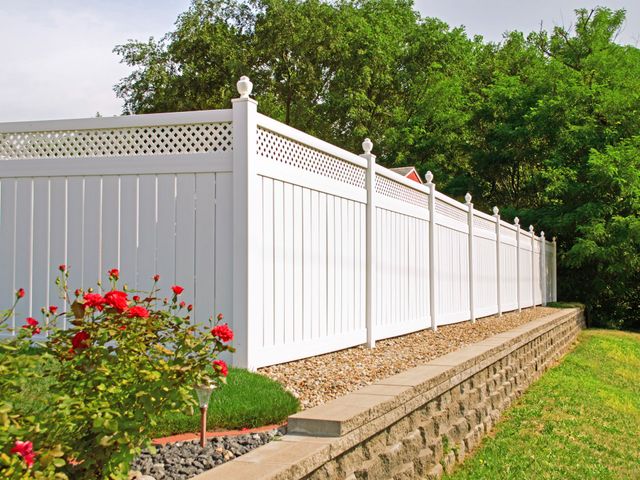
A wood fence can be a charming and practical addition to any property, offering privacy, security, and a touch of rustic appeal. However, without proper care, even the best-quality wood fences can deteriorate quickly due to weather, pests, and time. Fortunately, regular maintenance can significantly extend the life of your wood fence and keep it looking its best year-round. Below are some essential maintenance tips to help you protect your investment and enjoy a beautiful, long-lasting fence.
1. Regular Cleaning
Dirt, mildew, and algae can accumulate on your wood fence over time, leading to decay and discoloration. To prevent this, give your fence a thorough cleaning at least once a year. Use a mixture of water and mild detergent or a dedicated wood cleaner. A garden hose with a spray nozzle or a power washer on a low setting can help remove stubborn grime, but be careful not to damage the wood with excessive pressure. After cleaning, allow the fence to dry completely before moving on to the next maintenance steps.
2. Inspect for Damage Annually
Inspect your wood fence at least once a year for signs of damage. Look for loose nails, split or rotting boards, insect infestations, and warping. Also, check that posts are stable and firmly rooted in the ground. Catching and repairing small issues early can prevent more costly repairs or replacements later on. Replace any damaged boards and tighten or replace any loose hardware promptly.
3. Stain or Seal the Fence
One of the most effective ways to extend the life of your wood fence is to stain or seal it. Staining not only enhances the appearance of the wood but also provides protection from UV rays, moisture, and temperature changes. A good sealant will prevent water from seeping into the wood, reducing the risk of rot and mold. It’s recommended to apply a high-quality wood stain or sealer every 2–3 years, depending on your local climate and how exposed your fence is to the elements.
4. Protect Against Moisture
Moisture is the biggest enemy of a wood fence. Over time, it can cause the wood to swell, crack, and rot. To protect your fence, make sure it’s not in direct contact with the ground, which can trap water and speed up decay. Trim grass and vegetation away from the base of the fence to improve air circulation and minimize moisture retention. If possible, install gravel or a moisture barrier at the base to improve drainage.
5. Keep Vegetation in Check
Climbing vines, bushes, and tree limbs may look attractive when intertwined with a wood fence, but they can actually accelerate wear and tear. Plants trap moisture and can cause the wood to rot prematurely. In addition, roots and branches can push against the fence, leading to warping or structural damage. Make it a habit to trim back any plants growing too close to the fence to maintain its integrity and appearance.
6. Treat for Insects and Pests
Termites, carpenter ants, and other pests can cause serious damage to your wood fence. If your area is prone to these pests, treat the fence with a pesticide or choose a wood that’s naturally resistant to insects, such as cedar or redwood. You can also apply borate-based treatments to deter infestations. If you spot any signs of pest damage, such as sawdust piles or small holes, take action immediately to prevent further destruction.
7. Repaint When Needed
If your wood fence is painted instead of stained, keep an eye out for peeling, chipping, or faded paint. Repainting the fence every few years helps maintain its aesthetic appeal while protecting the wood from moisture and sunlight. Before repainting, scrape off any loose paint, sand the surface, and apply a primer before adding a fresh coat of exterior-grade paint.
8. Winterize Your Fence
Cold temperatures and harsh weather can take a toll on a wood fence. Before winter sets in, check the structure for any weaknesses or damage and make necessary repairs. Reapply sealant if needed, and remove any leaves or debris that could trap moisture. Snow accumulation should also be cleared away from the base of the fence during winter to prevent water damage when it melts.
Conclusion
With regular maintenance, a wood fence can remain strong, attractive, and functional for many years. By following these simple yet effective tips—such as cleaning, sealing, inspecting for damage, and managing moisture—you can protect your investment and enjoy the timeless beauty of a wood fence for decades. Whether you’re aiming to enhance curb appeal or secure your yard, proper care makes all the difference. Start today, and your fence will thank you tomorrow.




